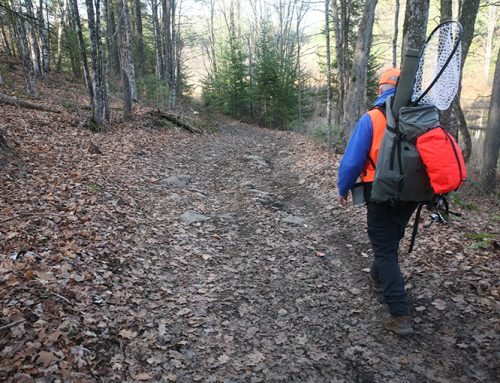
A Carleton University study released in January detailed how herd immunity was instrumental in stopping avian cholera from devastating the largest breeding population of northern common eiders in the Canadian Arctic, on Mitivik Island in Nunavut.
Chancellor’s Professor Dr. Mark Forbes and his partners work, Antibodies to Avian Cholera in Seaducks, published in Scientific Reports, revealed how avian cholera afflicted a breeding colony of northern common eider ducks between 2005 and 2012.
The colony in question was already part of a long-term study on duck population ecology, so Forbes and his partners found themselves in a rare position to study the emergence and dynamics of the epidemic over many years.
Mortality declined
They found that breeding female death rates climbed as high as 36%, which led to a 50% decline in the breeding population. They also noted that over time annual mortality due to avian cholera declined to the point of negligible in recent years.
This caused the team to hypothesize that the disappearance of the disease was a result of the population developing herd immunity, as those birds that survived developed antibodies which protected them from the disease.
The study also demonstrated that acquired immunity in both sexes was likely a key driver for the epidemic fadeout and exemplified the importance of herd immunity in influencing the dynamics and fadeout of epidemics in a wildlife population.
More questions
Forbes and his team hope further research will address the questions of how long do the antibodies last in these birds and, if antibody levels wane over time, will avian cholera outbreaks begin causing mortality again, once the level of susceptible individuals in the population increases?
They believe what they learned underscores the need for better monitoring of disease dynamics in wildlife populations over the long term. Their hope is such practices would help predict disease impacts and identify when and if potential management interventions are needed in wildlife populations.






Leave A Comment